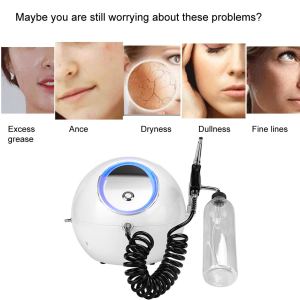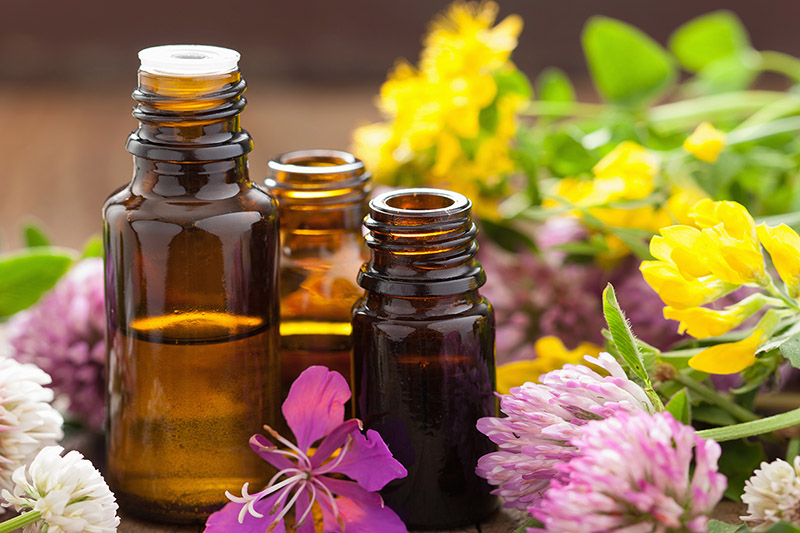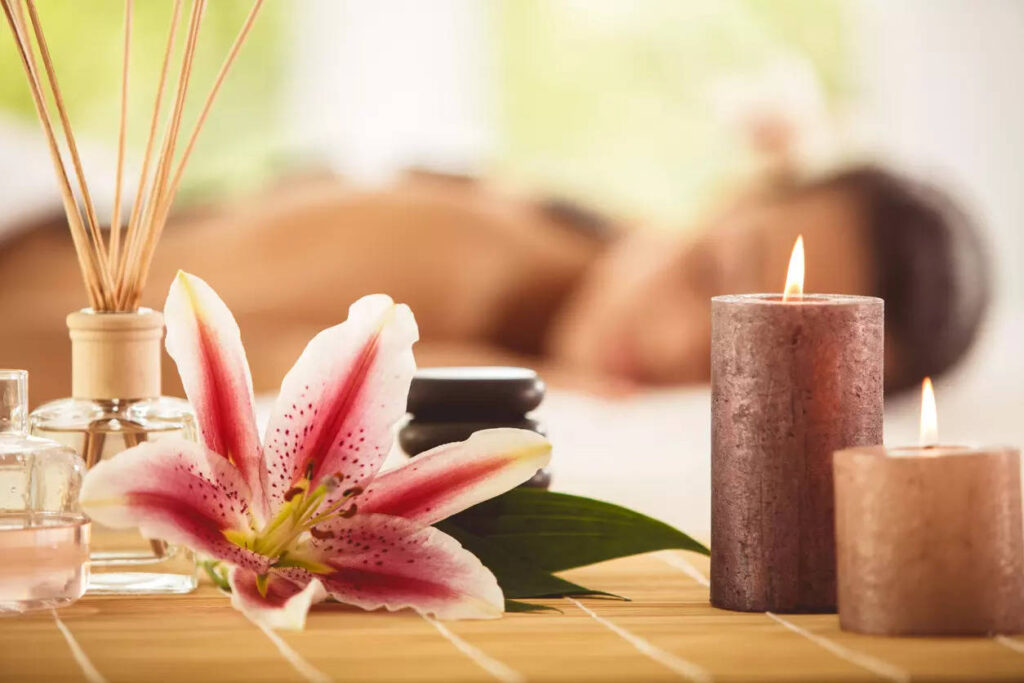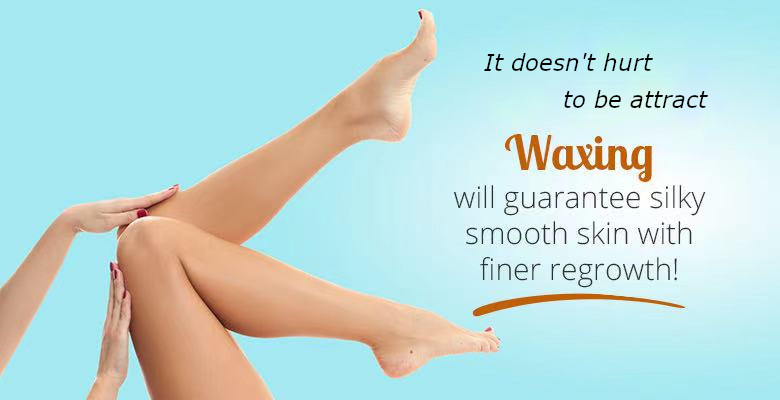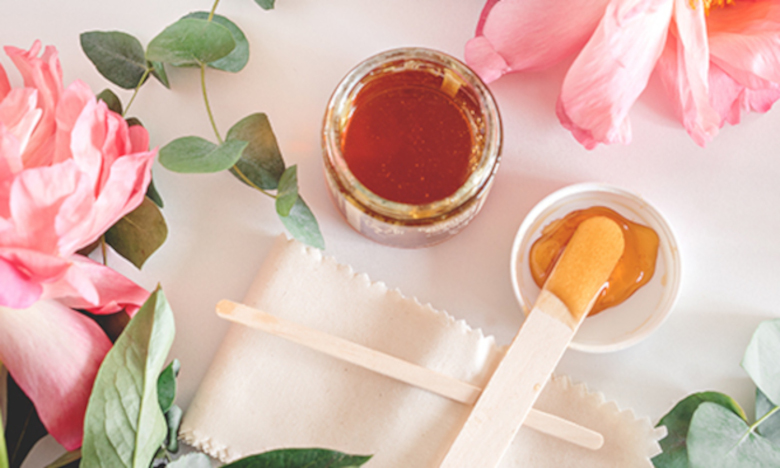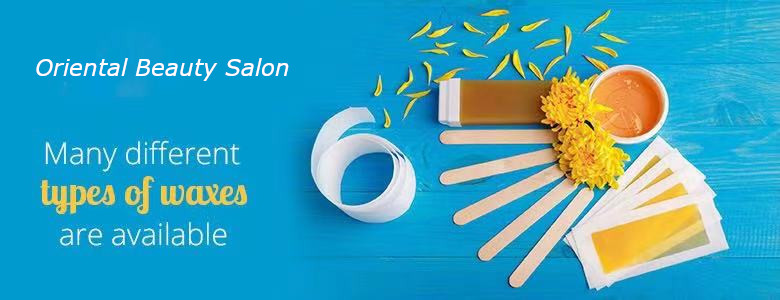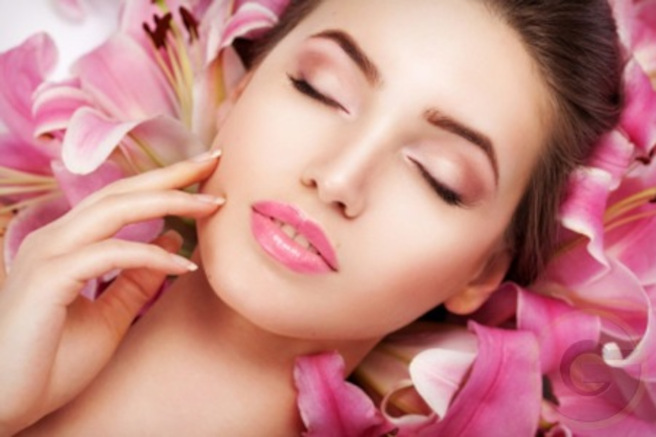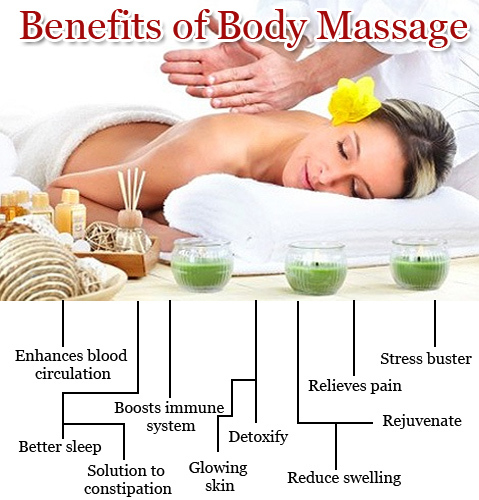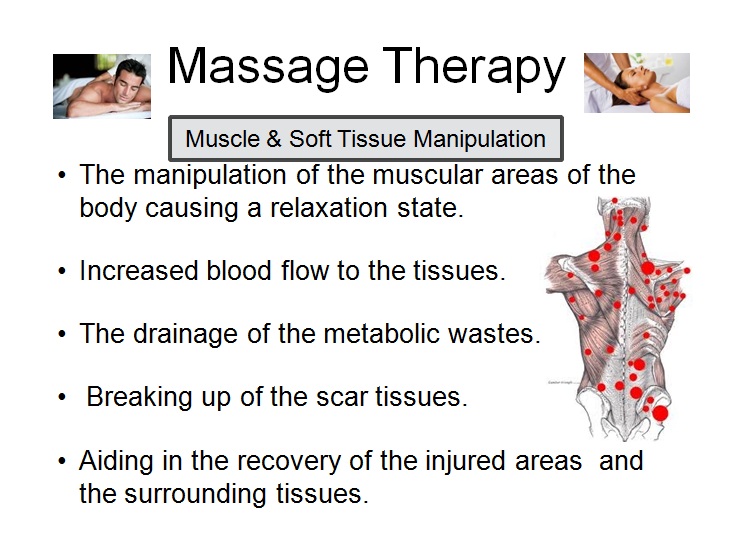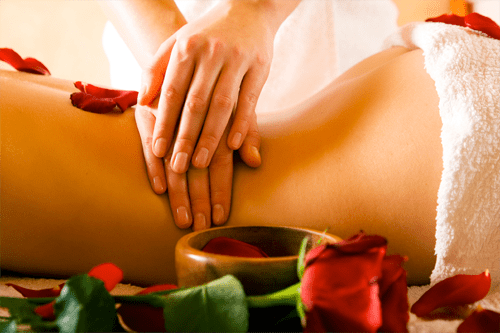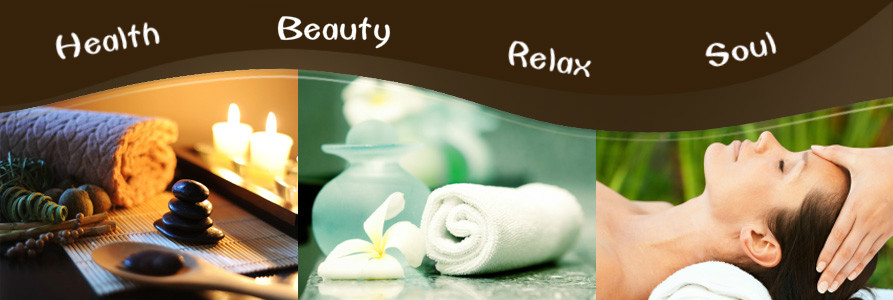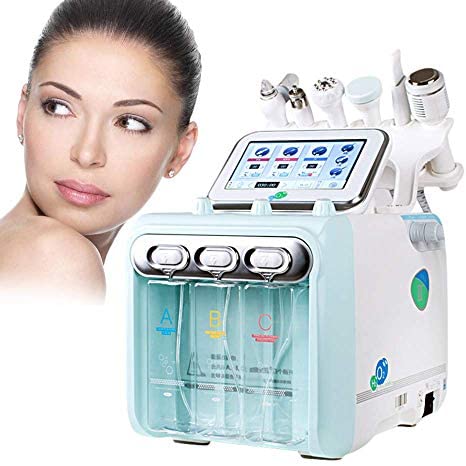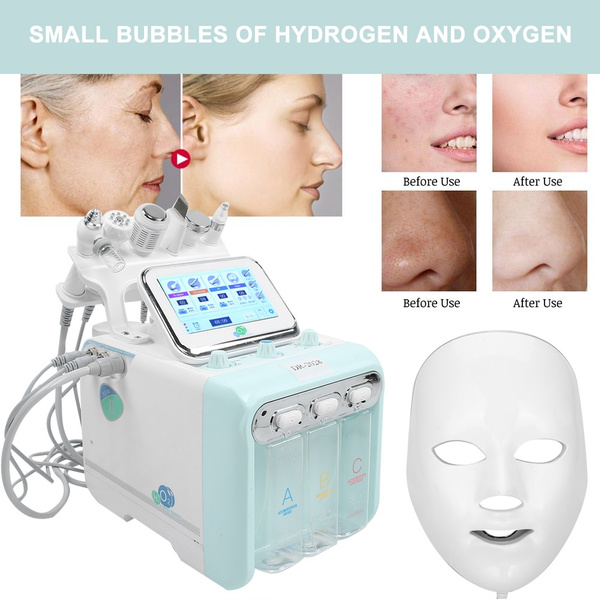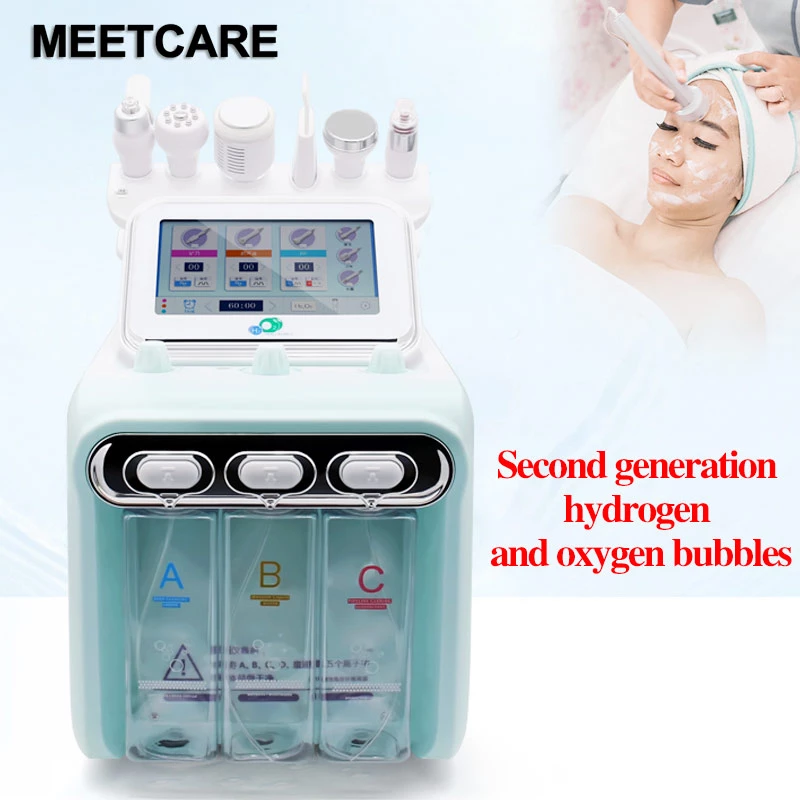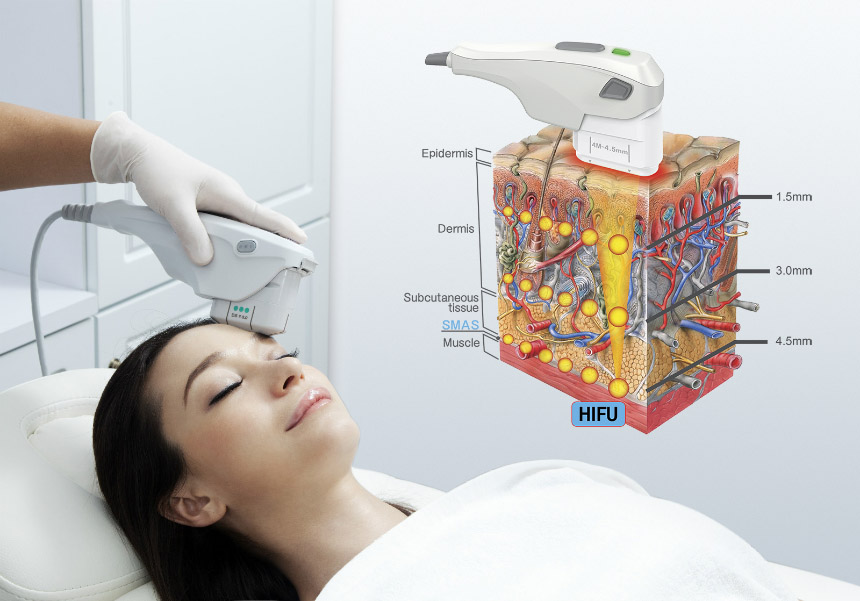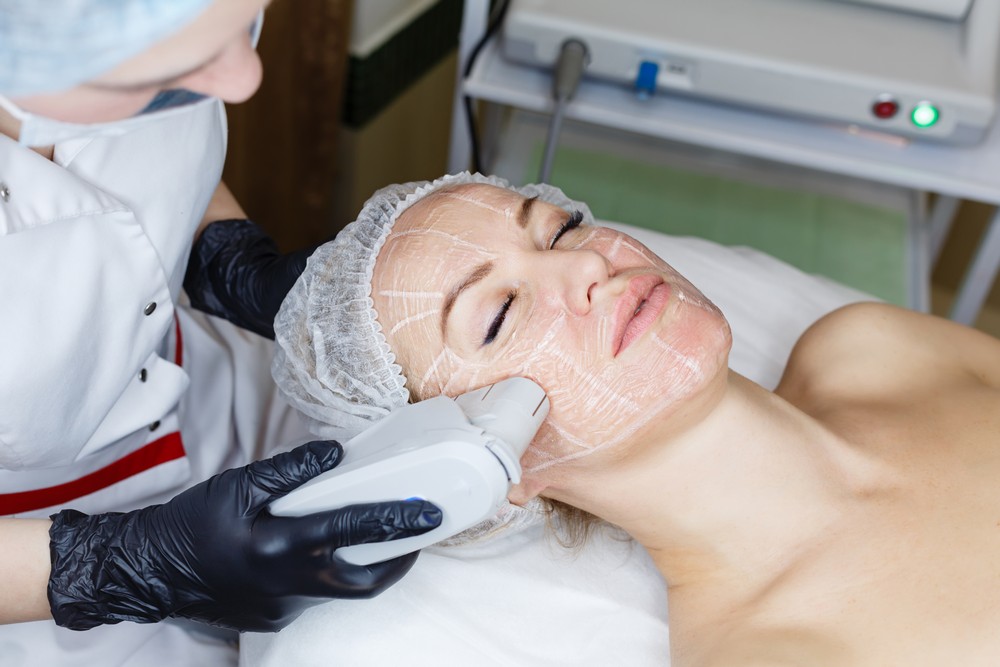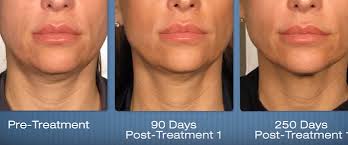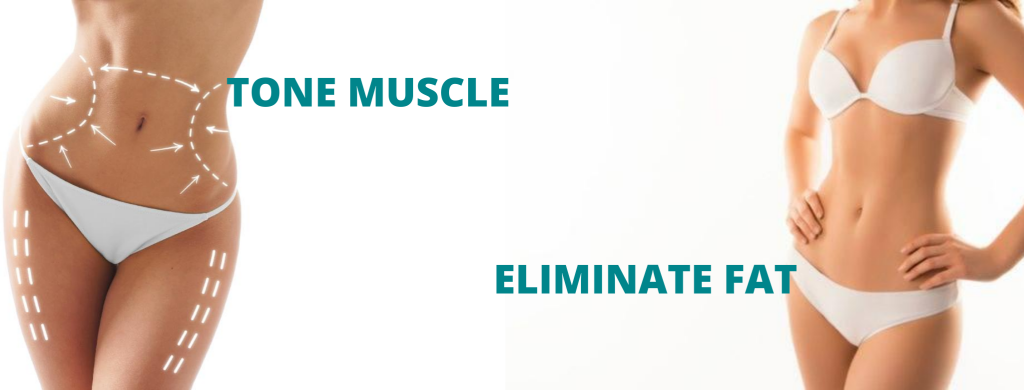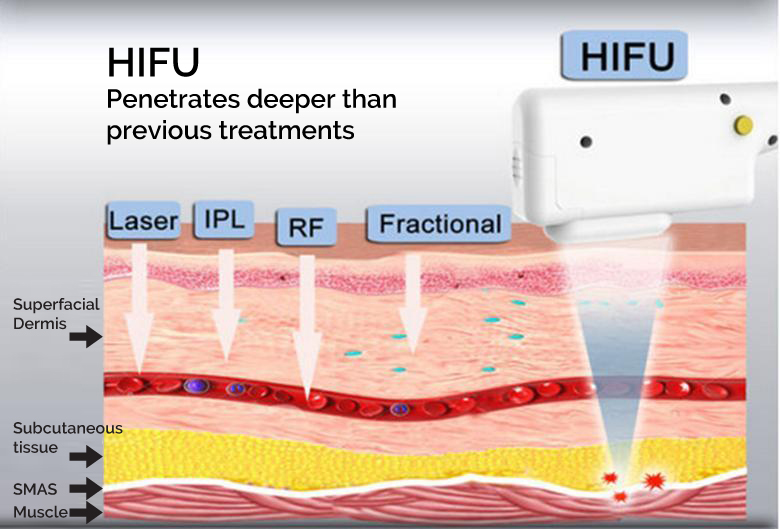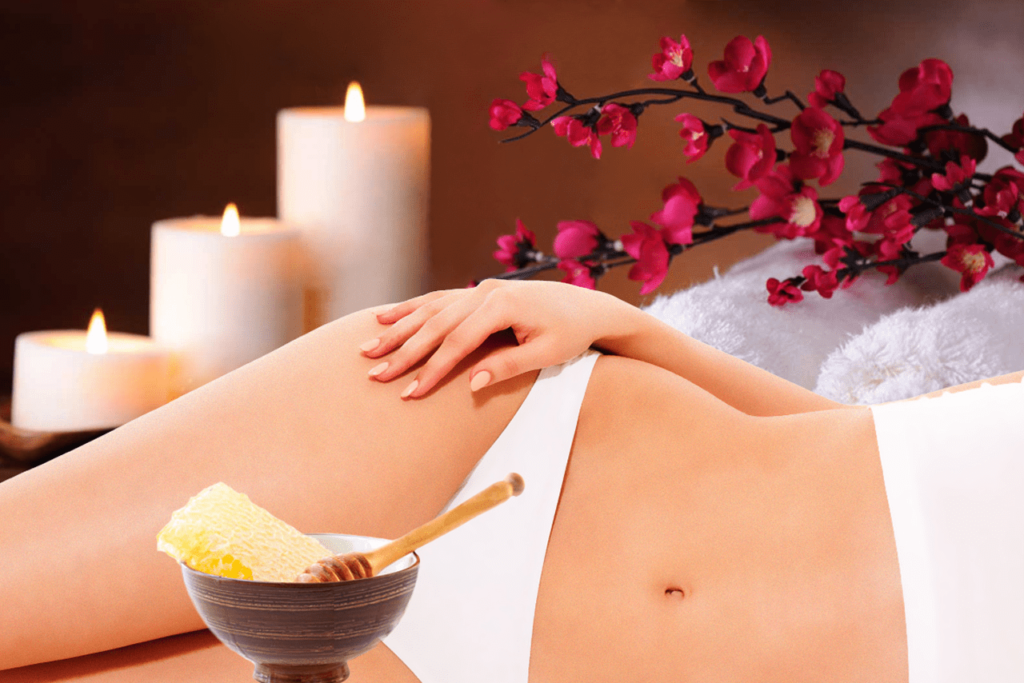
Waxing is the process of hair removal from the root by using a covering of a sticky substance, such as wax, to adhere to body hair, and then removing this covering and pulling out the hair from the follicle. Is it better to shave or wax? Waxing makes the skin soft and smooth whereas shaving leaves rashes and rough skin. In the waxing procedure, it not only removes the hair but also exfoliates the dead skin. Exfoliation of dead skin cells makes the skin soft and smooth. Shaving removes the hair from the surface and makes them blunt.
Why wax?
Waxing is fabulous at quickly, affordably and safely removing hair from most areas of the body. We offer in-home waxing for the upper lip, eyebrows, chin, underarms and arms, as well as legs and bikini areas.
Waxing lasts longer than shaving, which is the usual alternative. Whilst you’ll be reaching for the razor again within a day or two, with waxing you can be hair free for as long as six weeks.
Different types of waxing
There are two methods of waxing: hot waxing and warm waxing. With warm waxing, the wax is applied directly to the skin using a spatula. Strips of fabric are smoothed over the wax and then removed quickly, removing the wax and hair from the skin.
Hot waxing uses hot wax applied directly to the skin. The wax is left to cool and harden on the skin. The corner of the wax is then lifted up and the wax is pulled directly off the skin.
Hot waxing helps to open the pores more before the strips are removed, making it better suited to more sensitive areas. For us, hot wax benefits outweigh those of warm wax in most scenarios.
So let’s dive right on into the benefits of waxing.
1: Less regrowth
2: Finer regrowth
3: Waxing is like exfoliation
4: Waxing banishes shaving rash
5: Fewer ingrown hairs
6: Waxing says goodbye to itching
7: Waxing means no more shaving cuts
8: It’s an opportunity for pampering and you time


